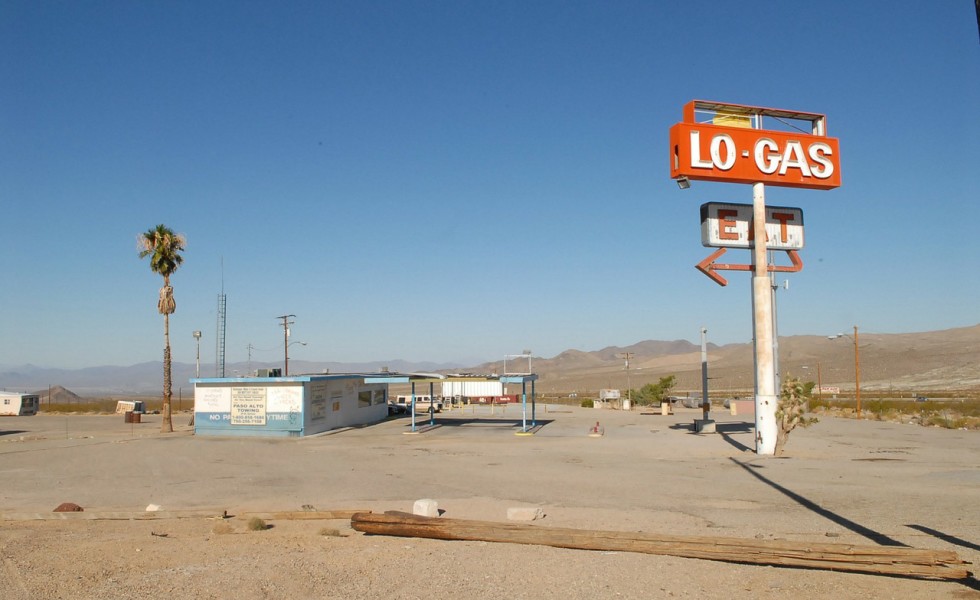OK, When?
Posted on May 26, 2015

Spring is warmer days, blooming daffodils, and blue horizons. It’s also a good time to tap the season’s new energy and fresh hope to honestly discuss some of farming and food’s most pressing issues.
For example, global energy companies now spend more than $500 billion a year exploring for new oil, natural gas, and coal. At the same time, climate experts agree that burning two-thirds of today’s already-known carbon reserves will raise global temperatures by an environment-altering 3.6 degrees Fahrenheit.
Is the collective value of these “trapped,” unusable reserves—trillions of dollars in today’s market—fueling our nearly universal failure to even talk about, let alone change, our long-term energy policy that would benefit both our grandchildren and the future of global food production?
Maybe today’s faltering prices can provide the octane needed to start the conversation. Crude oil prices now hover just above $50 per barrel, or a little more than half of the spot market price of last April. The same holds for wholesale gasoline and ethanol prices, each stands at around half their mid-2014 prices.
So, if crude, gasoline, and ethanol prices are half their year-ago levels and the center of energy production and reserves has shifted from the explosive—and now-exploding—Middle East to politically-stable North America, are today’s prices more a “new normal” than an aberration?
And if today’s energy prices are the new normal, how long will it be before today’s ethanol prices, about $1.50 per gallon and today’s cash corn prices, about $3.55 per bushel, become the new normal for U.S. farmers?
Ethanol, after all, was the largest single market for the 2013/14 American corn crop, the last year for complete usage numbers. The alternative fuel gobbled up 6.4 billion bushels, or 46 percent, of 2013’s production. That was 20 percent greater than feed usage and almost 3.5 times more than exports.
Exports—free trade—is an ag policy issue that almost all farmers and ranchers reflexively support because, the belief goes, American agriculture is a net beneficiary of more and freer global trade.
While that’s demonstrably true, U.S. farmers and ranchers aren’t the only Americans with a container ship in this fight. Overall, the last 40 years of more open, less controlled global trade has taken the U.S. trade deficit from almost zero in the early 1970s to, on average, more than $500 billion per year today.
That falloff became a waterfall after the 1993 passage of NAFTA, the North American Free Trade Agreement. Prior to NAFTA, annual trade deficits weighed in at around $100 billion. In 1995, deficits began a 10-year crash that bottomed out at a negative $750 billon in 2006 before rebounding to around a negative $400 billion in 2008.
As such, 40 years of ever-freer trade and ever-bigger trade deficits are more than just coincidences. According to the Economic Policy Institute, the past generation of freer trade has brought $8 trillion in additional trade debt, cost the nation 5.7 million jobs, and, in 2013 alone, cut national growth by 3 percent.
Little wonder then that—farmers and ranchers aside—any new free trade deal brought before this Congress or any future Congress will be a tough, bitter fight because past deals have been far from free.
Perhaps the biggest issue ricocheting throughout American agriculture, however, is the ongoing California drought. While Golden State politicians, farmers, and ranchers debate water rationing, idled farmland, and ballooning public costs, a bigger discussion looms: How long before will it be before the public demands more accountability of U.S. farmers and ranchers on how they use the nation’s resources—water, air, land—to grow food?
For example, should Midwestern farmers pump centuries-old groundwater to grow corn that is either made into ethanol or exported overseas when, in fact, the global feedgrain supply is ample and corn prices are barely break-even?
Moreover, should U.S. taxpayers subsidize the federal crop insurance program that helps underwrite this use of water?
What, you don’t want to talk about this now? OK, when?
© 2015 ag comm

A lifelong wanta be farmer,I
read your column in THE DAILY STANDARD daily.Here in the heart of Mercer County Ohio USA,the leading Ag county of this state I have lived among the corn and soy for 20 years.You seem to be sensible.
Trouble is,the populus on or off the farm,doesn’t have much interest in sensible.
A lifelong wanta be farmer,I
read your column in THE DAILY STANDARD daily.Here in the heart of Mercer County Ohio USA,the leading Ag county of this state I have lived among the corn and soy for 20 years.You seem to be sensible.
Trouble is,the populus on or off the farm,doesn’t have much interest in sensible,it seems.